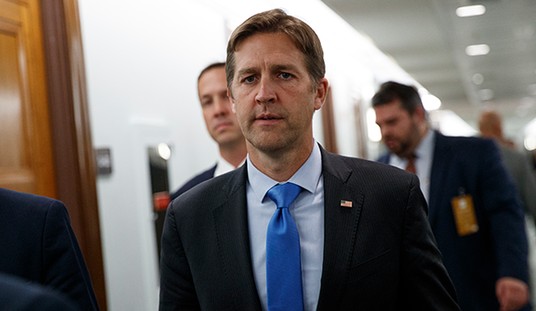
Past performance is no guarantee of future results:
Obama needs to pump serious cash into the economy in a way that promotes his long-term priorities. That means billions for energy-efficient and climate-friendly infrastructure like wind turbines, solar panels and mass transit, but nothing for new sprawl roads that ravage nature and promote gas-guzzling. That means stronger levees and restored wetlands that will help protect New Orleans from the next storm, but no more traditional pork-barrel water projects that destroy wetlands and waste money. Mostly, it means revamping Washington’s dysfunctional method of selecting and funding infrastructure projects.
* * * * * * * *
To jump-start the economy, Obama needs to spread around hundreds of billions of dollars, and he’d be wise to start with the currently underfunded efforts to restore the Everglades, coastal Louisiana and the Great Lakes; to repair crumbling dams, dikes, sewer pipes and bridges; to promote high-speed rail, light rail and other transit systems besieged by skyrocketing demand; even to accelerate research into renewable energy and alternative fuels.
—Time magazine, “A New, New Deal,” November 5th, 2008. Later that month, the dead-tree edition of Time would feature a Photoshop of the spokesman of the Office of the President-Elect on the cover as FDR. The year after Mr. Obama took office, CNN, another division of Time-Warner-CNN-HBO, would bake a cake on air to celebrate the one year anniversary of the taxpayer fleecing known as “the Stimulus.”
Now let’s flash-forward to today. Cloward, meet Piven:
Data released Tuesday by the Federal Reserve Bank of New York show that at $11.52 trillion, overall consumer debt is higher than it has been since 2011. And more unsettling, debt is rising at rapid levels. Americans’ debt—that includes mortgages, auto loans, student loans and credit card debt—increased by 2.1%, or $241 billion in the last three months of 2013, the greatest margin of increase since the third quarter of 2007, shortly before the U.S. spiraled into recession.
And on an individual level, many Americans are in a precarious financial position. According to a survey released Tuesday by the financial monitor Bankrate.com, 28% of Americans have more credit card debt today than they have in a savings fund. That means that if one quarter of Americans even wanted to use their savings to pay off their debts at this moment, they wouldn’t be able to. Just 51% of Americans have more emergency savings than credit card debt, the lowest percentage since Bankrate begin tracking the issue in 2011. According to the Federal Reserve, overall credit debt increased by $11 billion in the fourth quarter of 2013 to $683 billion, the highest levels since 2011.
That data is part of a disheartening series of figures that show Americans haven’t become much better at keeping track of their personal finances since the recession began in 2008, when homeowners’ risky mortgages and freewheeling interbank lending brought the financial system to its knees. “This is not moving in the right direction,” says Greg McBride, chief financial analyst at Bankrate.com. “American consumers are not showing improvement in these areas. ”
—“Americans Are Taking on Debt at Scary High Rates: Overall debt levels rose at the fastest rates seen since 2007, according to a new study by the Federal Reserve of New York,” Time magazine, today.
Why should Americans be bothered to get their individual fiscal houses in order, when Time and CNN, in classic knee jerk New Deal Cargo Cult Mode, expound the virtues of a president who spends, spends, spends, and then spends some more? And that’s despite that fact that, as UCLA had noted in 2004, an earlier attempt at employing such policies by FDR extended the Depression by seven years.










Join the conversation as a VIP Member